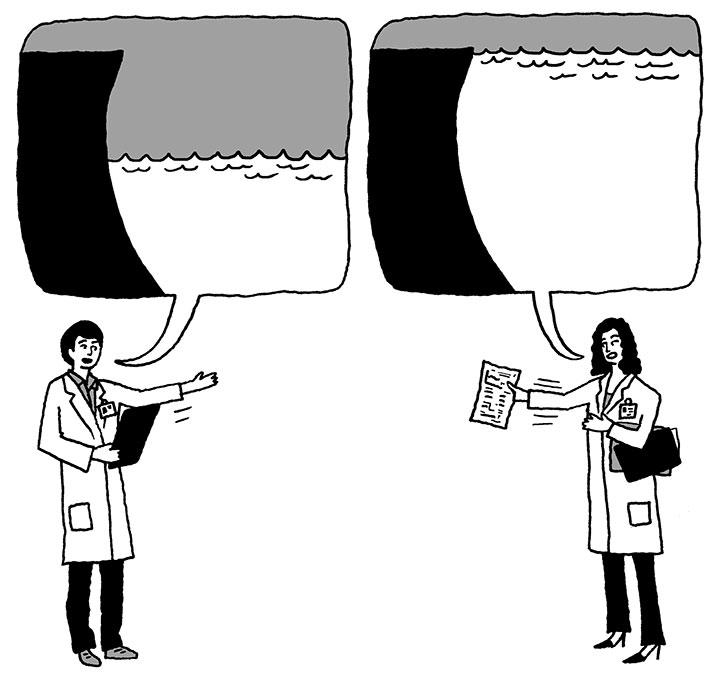In Short: Research
Though climate-change models predict a substantial RISE IN SEA LEVEL because of the warming of Earth’s temperature, they don’t agree on exactly how much it will be. That information can be crucial to policymakers seeking to determine, for example, how high a seawall needs to be to protect against catastrophic floods. Using a technique adapted from nuclear-policy research, Michael Oppenheimer, professor of geosciences and international affairs, has quantified the uncertainty in climate-change models, consolidating them into a more useful set of probabilities concerning the rise in sea level to aid policymakers. The research was published in the journal Nature Climate Change in April.
Our FAT CELLS may be more clever than we give them credit for. Using a unique chemical tracer, graduate student Ling Liu and chemistry professor Joshua Rabinowitz have made a novel finding about the production of a key cofactor — a compound required for an enzyme to function — that leads to fat production. When cells are low in oxygen, as happens in obese individuals, the cofactor is created through one process; while in higher-oxygen environments, the cofactor is made through a less-known pathway known as the malic enzyme pathway. The research, published in Nature Chemical Biology in March, could help in developing new therapeutic techniques to address obesity.












No responses yet